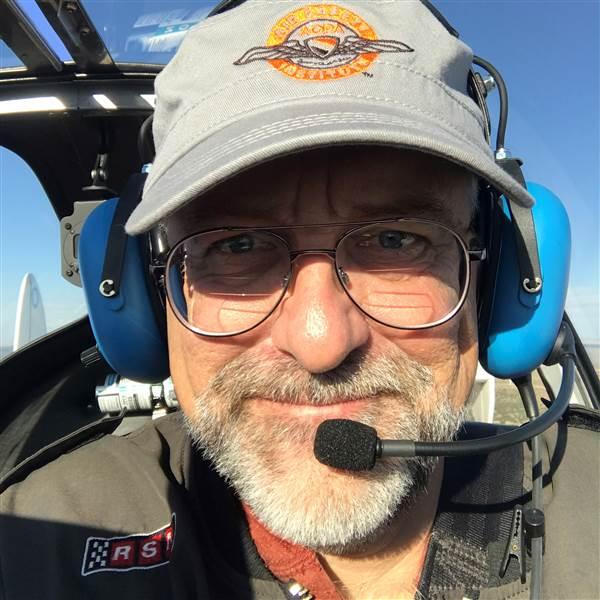Training and Safety Tip: Adjust intercom for clarity
The humble intercom changed flight instruction for the better, making in-flight communication almost as clear as conversation on the ground.
The quest for clear communication between instructor and student in noisy aircraft dates back to 1917, when stethoscope-like rubber tubes carried the instructor’s voice into the ears of the palpitating student. The Gosport Tube was far from perfect because the communication was exclusively one-way, with no way for the student to ask the instructor a question. But it was a huge improvement over the previous system, which involved the instructor communicating with physical contact, reaching forward from the aft open cockpit and tapping on their shoulder (more force could be applied when correcting errors).
Today’s aircraft have intercoms built into the communication radios that allow students and instructors to communicate freely. While radio transmission requires pilots to key the push-to-talk switch, the intercom is voice activated, allowing for typical two-way communication and interaction.
That said, here are a couple of tips to maximize the clarity of that communication:
First and foremost, you need to wear your headset properly. It should fit snugly, but comfortably, on your head. Adjust the earphones so that your ears are centered inside the cups with the top band lying firmly—but not heavily—across your scalp. If you wear a ball cap as a sun visor, get one without the skullcap button as it interferes with the top band and because removing the button without ruining the hat is harder than it looks. If you use an active noise reduction headset, you’ll need a good “ear seal” to prevent weird noise artifacts, so avoid thick-framed sunglasses. Adjust the mic boom so that it is level with your mouth, very near your lips, but not touching. Then just speak normally into the mic.
The intercom unit itself has volume and squelch controls. Your instructor will likely set an appropriate happy medium on the volume control, but using your headset’s controls, you can further adjust the volume up or down. If you detect odd cabin noises (or your instructor’s every breath), ask to adjust the intercom squelch, which is a way of controlling the sensitivity of the microphones. If you move the knob to one end, no one hears anything; moving it all the way to the other end causes deafening static, so slow-and-steady squelch control adjustments are the rule.




